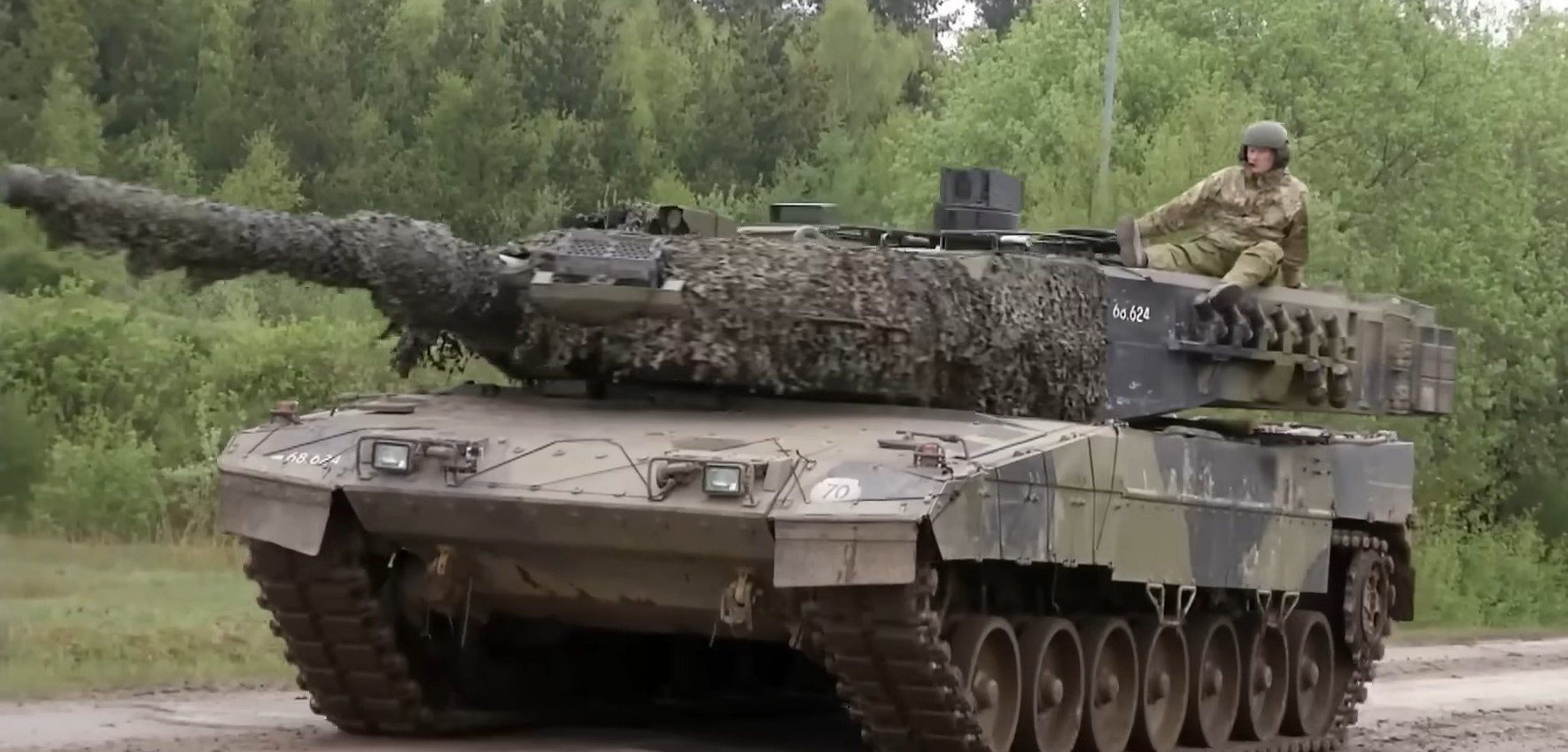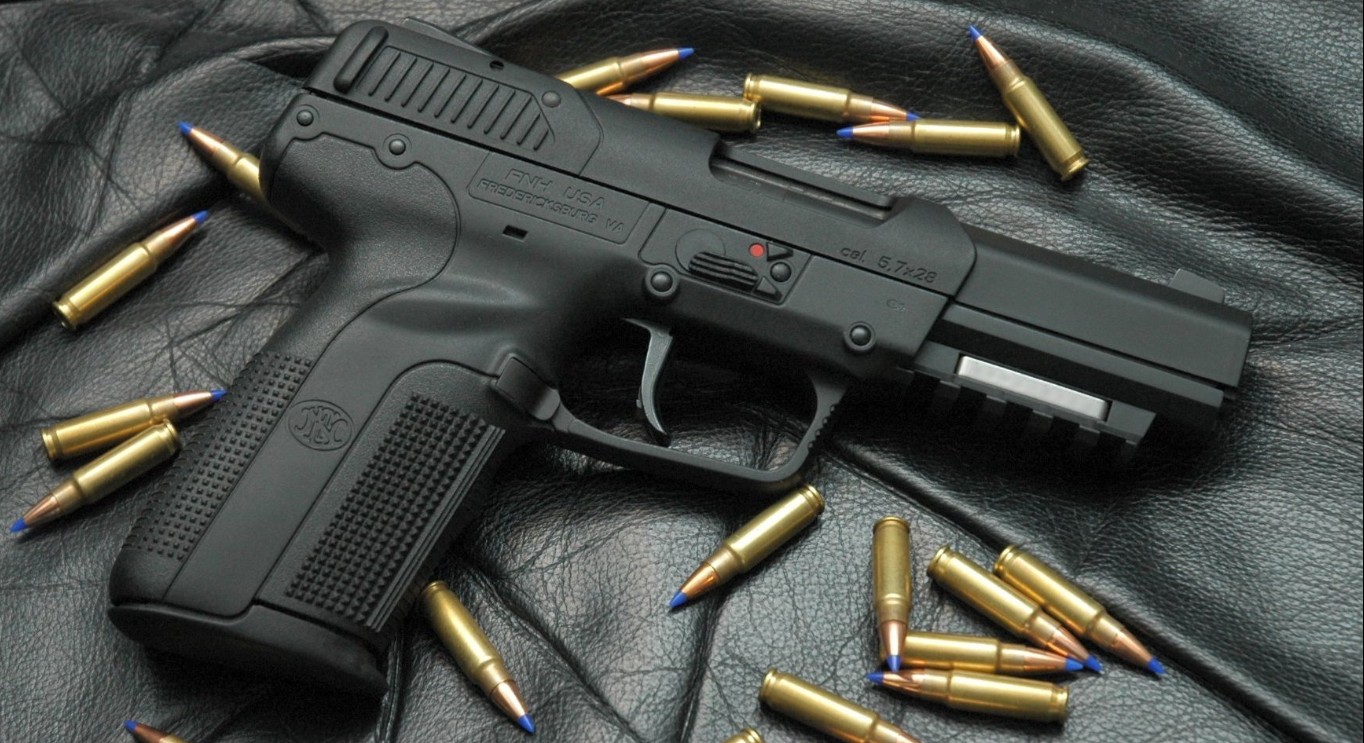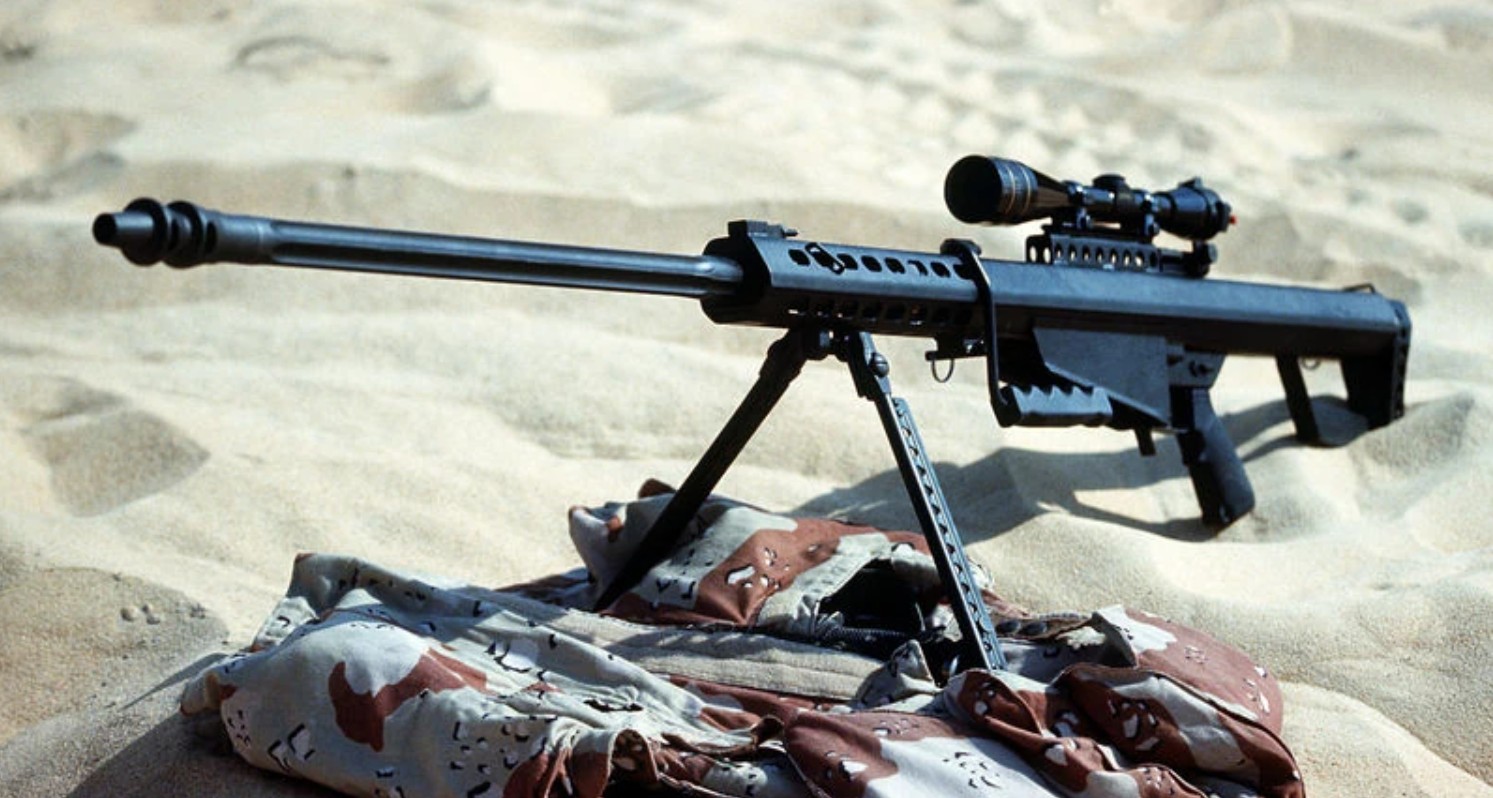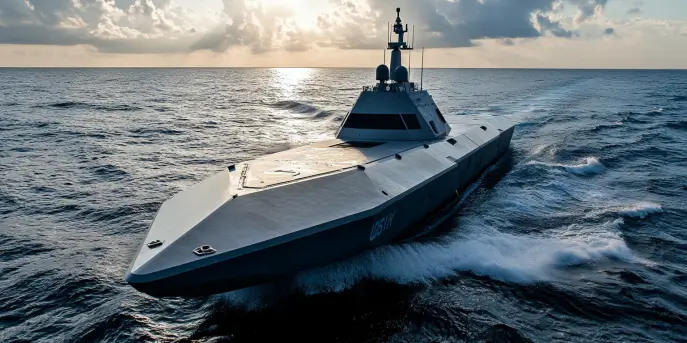The Rise of Robotics in Warfare
The concept of using robots in warfare is no longer a distant future vision. Nations around the world are increasingly adopting robotic technologies to gain strategic advantages on the battlefield. These advancements are transforming military strategies and tactical operations, pushing the boundary of what is possible on the modern battlefield.
Unmanned Aerial Vehicles (UAVs)
One of the most well-known categories of military robots is the unmanned aerial vehicle, commonly known as drones. These aerial robots are used for a variety of purposes, including reconnaissance, surveillance, and targeted strikes. They offer the advantage of reducing risks to human pilots and can stay airborne for extended periods.
**Notable Example:** The Reaper Drone has been instrumental in providing real-time intelligence and precision targeting in conflict zones. It is equipped with both surveillance capabilities and armed with air-to-surface missiles, making it a versatile asset for modern militaries.
Unmanned Ground Vehicles (UGVs)
Unmanned ground vehicles are designed to operate on land, assisting troops by performing dangerous tasks such as bomb disposal or reconnaissance in hostile environments. These machines can navigate through challenging terrain, providing logistical support and even carrying heavy equipment.
**Notable Example:** The PackBot, developed by iRobot, has been used extensively by military forces for tasks such as bomb disposal and gathering intelligence in complex urban landscapes.
Autonomous Naval Vessels
The seas are not left behind in the robotic revolution. Autonomous naval vessels, often referred to as unmanned surface vessels (USVs), are playing an increasingly important role in maritime security and naval warfare. These robots can perform a variety of missions, from patrolling maritime borders to engaging in anti-submarine warfare.
**Notable Example:** The Sea Hunter, developed by DARPA, is an autonomous vessel designed for anti-submarine warfare missions. It operates without a human crew and can remain at sea for months, performing its duties autonomously.
Robotized Infantry Units
The integration of robotic technology into ground forces is a budding area with numerous applications. Robotic infantry units, though still in the developmental stages, promise to alter the dynamics of traditional infantry tactics.
**Notable Example:** The BigDog robot, engineered by Boston Dynamics, is designed to assist soldiers by carrying heavy loads across rugged terrains. Although its military deployment is mostly experimental, it represents a bold step towards integrating robots with human infantry units.
Combat Specifications Table
| Robot Type | Main Function | Notable Model | Features |
|---|---|---|---|
| UAV | Surveillance and Targeting | Reaper Drone | Long flight duration, precision targeting, real-time data |
| UGV | Reconnaissance and Support | PackBot | Bomb disposal, rugged terrain navigation |
| USV | Maritime Security | Sea Hunter | Autonomous operation, long-duration missions |
| Infantry Support | Load Carrying and Assistance | BigDog | Heavy load capacity, terrain adaptability |
Ethical and Strategic Implications
While the integration of robotics into military operations offers numerous tactical advantages, it also raises ethical and strategic concerns. The use of autonomous weapons systems sparks debates over decision-making accountability in combat, potentially blurring the lines of responsibility in armed conflicts.
Critics argue that the increased reliance on robots might lead to unanticipated escalation in warfare, as the deployment of robots could lower the threshold for engaging in conflict, given the reduced risks to human troops.
Future Prospects
The future of robotic warfare lies in continuous innovation. Advances in artificial intelligence, sensor technology, and machine learning are expected to enhance the capabilities of military robots, enabling them to perform complex tasks with minimal human intervention. As we move forward, the battlefield will likely see the integration of smarter, more agile, and adaptable robots working alongside human soldiers.
As nations continue to develop and deploy robotic technologies, the nature of warfare will evolve. The robots of tomorrow will need to be not only effective and efficient but also ethically governed to ensure that technological progression enhances global security without compromising humanity.









